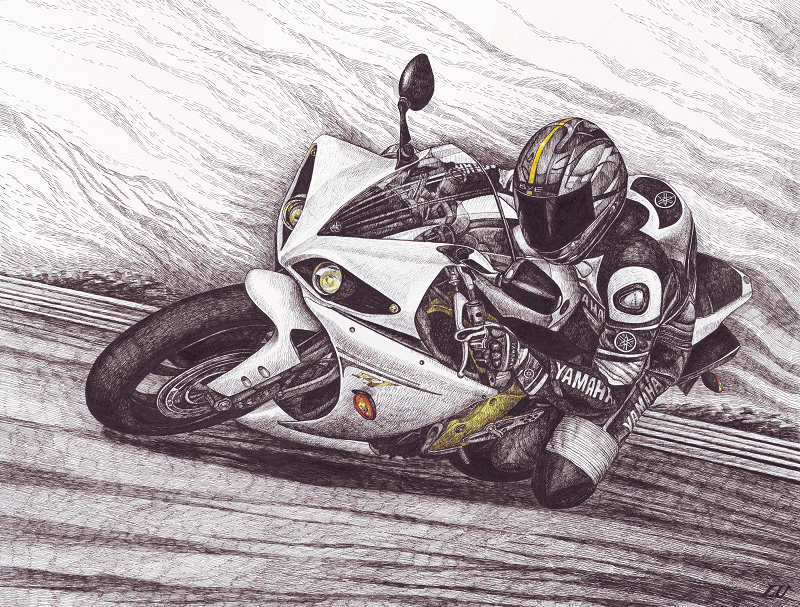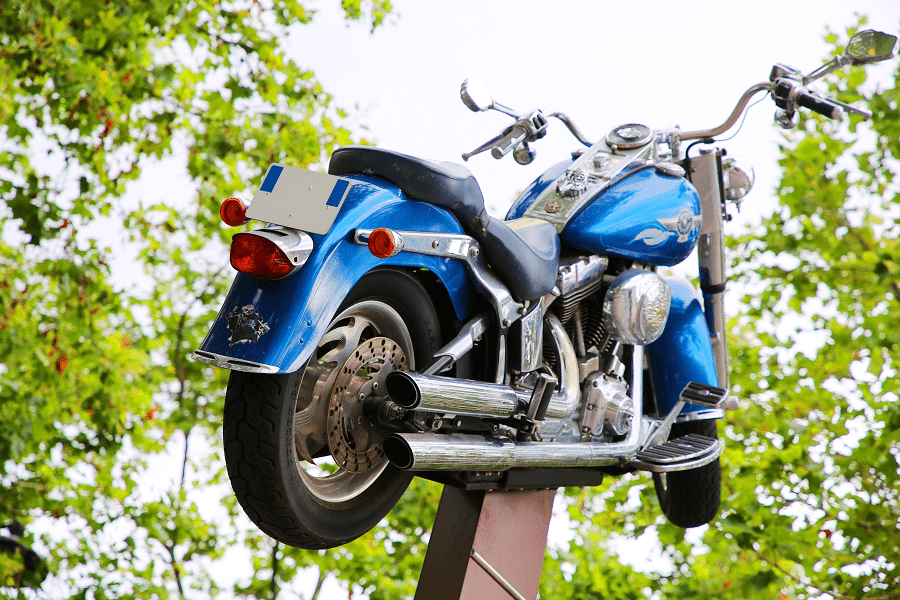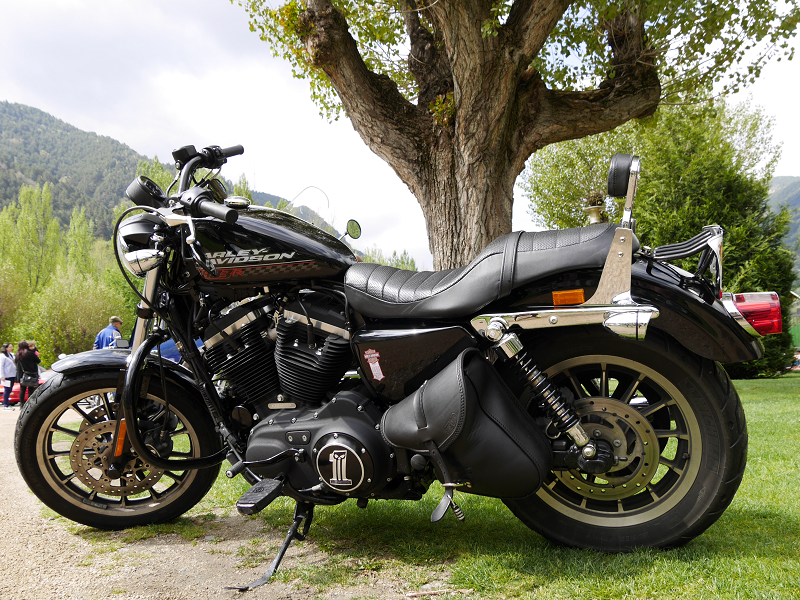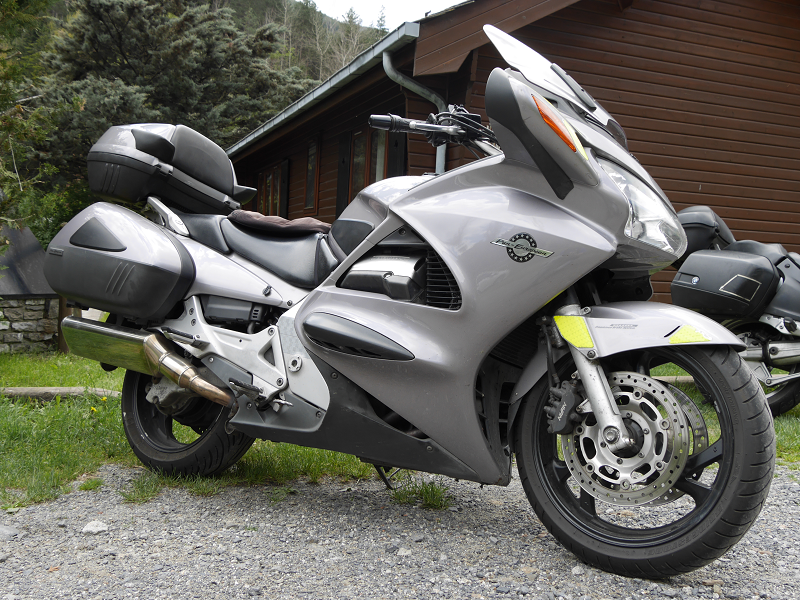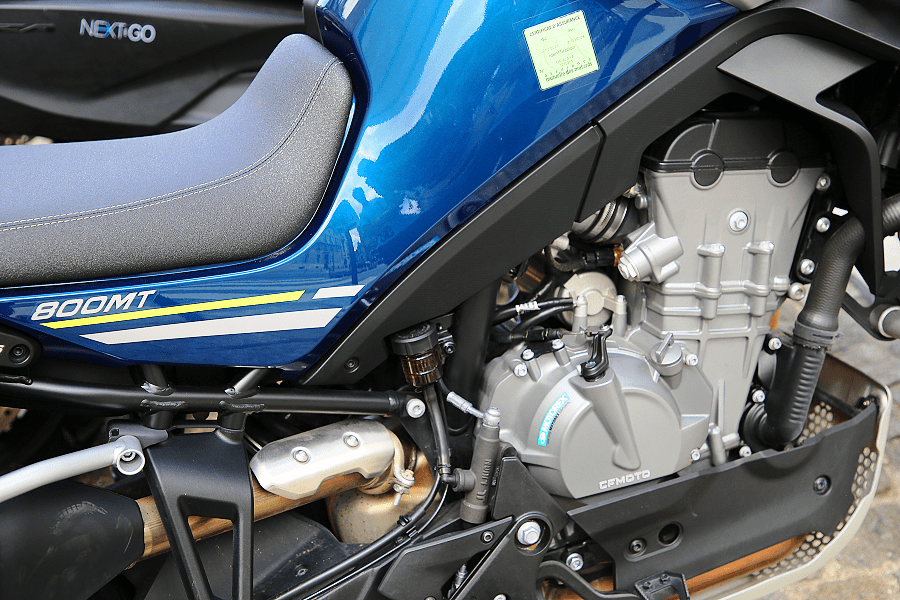Harley-Davidson FL is a model designation used for Harley-Davidson motorcycles since 1941, when F referred to the new large capacity 74 cui (1200cc) variant of the V-2 Overhead valve engine (″Knucklehead″) that was introduced in 1936 as Model E with 61 cui (1000cc). The presence of an additional letter L indicated higher compression, offering more power but requiring higher octane gasoline. In 1950s, the low compression version was discontinued, and in 1952 also the low capacity EL, making FL the standard engine and model designation for decades to come.
Until the 1970s, all Harley-Davidson bigtwin FL models came with a front wheel that had the same size as the rear wheel, 5.00-16, and with large fender and wide fork to match, often combined with fairing, bags and additional chrome accessories as ″full dresser″. Customers often slimmed down the factory FL to create a ″bobber″ or even ″chopper″, removing the fender, the sheet metal and big head light, even adding slim 3.00-21 front wheels from other makes, or the whole fork of the smaller Harley-Davidson Sportster XL models that were introduced in 1957.
In 1971, the Harley-Davidson FX ″Super Glide″ was introduced as a ″factory chopper″, combining the FL frame and drive train with the smaller XL front end, basically creating the third, intermediate model range FX that sold and sells well. Since then, the FL prefix indicates that the traditional 16-inch front wheel and big fenders are used on ″Dresser″ Touring series or the traditional styling ″Heritage″ variants of the Softail series, while FX is used on sportier models or the chopper-like Softails with rather thin front wheels.





